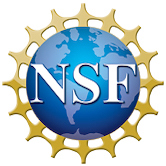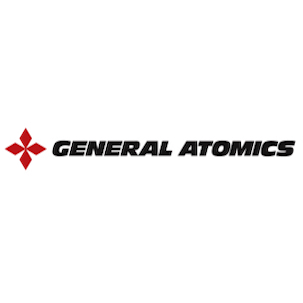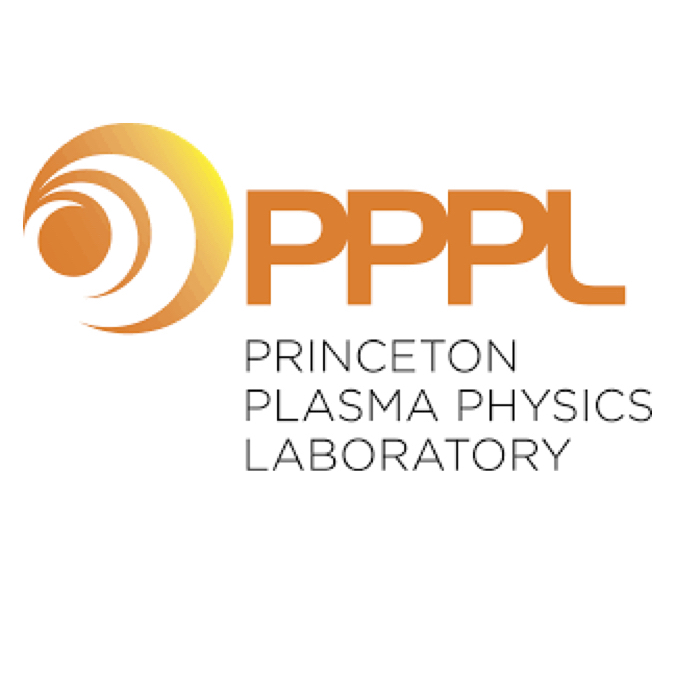Nonlinear, real-time optimization for actuator management in tokamaks
A. Pajares, K. E. Thome, E. Schuster, M.L. Walker, D.A. Humphreys
Fusion Engineering and Design, 198 (2024) 114085
|
Abstract
|

|
Active control of plasma properties may be necessary to achieve stable operation of next-generation tokamaks
over large time scales. Such control algorithms can regulate the plasma properties to avoid the onset of
magnetohydrodynamic (MHD) instabilities. For instance, the global and local properties of the safety factor
profile are linked to the onset of neoclassical tearing modes (NTMs). This work proposes a model-based control
approach for deterring/delaying NTMs through active modulation of one of the safety factor properties - the
gradient of the safety factor profile at a particular rational safety factor surface. In particular, a novel control-
oriented model for the local safety factor gradient is developed. The nonlinear control model is governed by a
nonautonomous ordinary differential equation that accounts for a given rational safety factor surface’s spatial
variation over time. To improve the controllability of the spatially evolving parameter, the control model treats
ECH&CD positions, along with noninductive powers, as controllable variables. A nonlinear control algorithm
based on feedback linearization with optimization is synthesized to achieve the objective of regulating the
safety factor gradient around a given target. The proposed algorithm allocates optimal ECH&CD positions,
in addition to auxiliary powers, at each time instant as the rational safety factor surface drifts to locations
with a low control authority. Stability guarantees of the proposed control law are also discussed in this
work. The proposed algorithm is tested for a DIII-D tokamak scenario in nonlinear simulations carried out
using the Control Oriented Transport SIMulator (COTSIM). Both fixed and moving ECH&CD cases are studied,
and their outcomes are compared. Simulation results demonstrate that enthusiastic regulation of the safety
factor gradient can be achieved during the ramp-up and flat-top phases of tokamak operation in both fixed
and moving ECH&CD cases. However, real-time updates of ECH&CD positions can prevent the saturation of
auxiliary powers.








